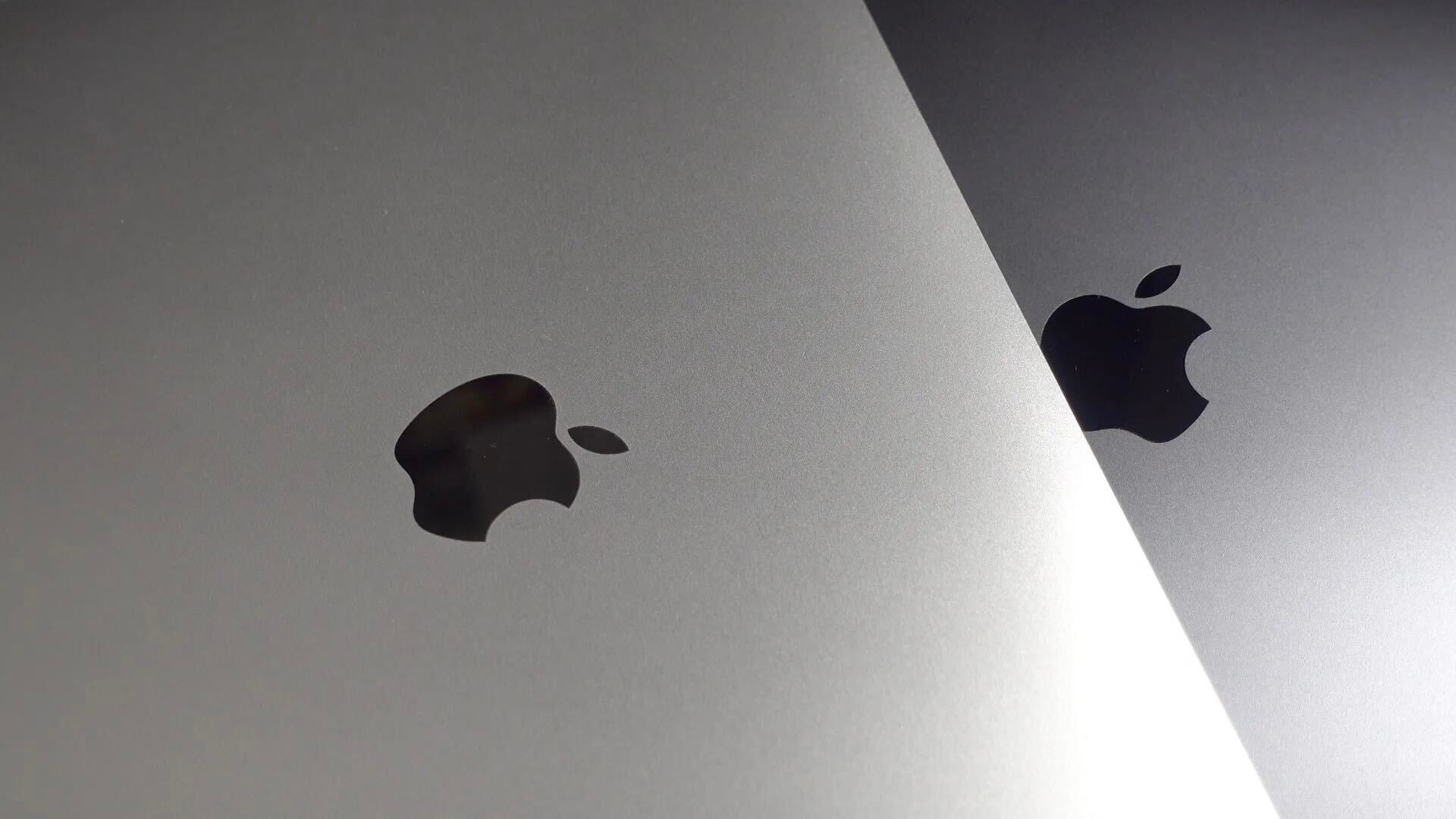
Update: Apple has issued a full statement on the device used by the Texas shooter:
We were shocked and saddened by the violence in Texas last Sunday, and we join the world in grieving for the families and community that lost so many loved ones.
Our team immediately reached out to the FBI after learning from their press conference on Tuesday that investigators were trying to access a mobile phone. We offered assistance and said we would expedite our response to any legal process they send us.
We work with law enforcement every day. We offer training to thousands of agents so they can understand our devices and how they can quickly request information from Apple.
A new report from Reuters says the FBI may have made a crucial mistake in attempting to unlock the iPhone used by the gunman responsible for Sunday’s shooting at a Texas church.
The report explains that the FBI and other law enforcement agencies did not ask Apple for help in unlocking password and Touch ID protected devices, and waited 48 hours, rendering Touch ID useless…
David Kelley’s iPhone was sent to the FBI’s crime lab in Quantico, Virginia, following the shooting as local authorities were not able to unlock it. While Christopher Combs, head of the FBI’s San Antonio field office, didn’t confirm that the device was an iPhone, a report from The Washington Post cited sources close to the investigation and said the device in question is an iPhone.
Reuters adds that in the 48 hours between Sunday’s shooting and Tuesday’s news conference with Combs, Apple received no requests from federal, state, or local law enforcement authorities for assistance in unlocking the device.
The report goes on to explain that the 48 hour gap may have been a crucial mistake on the part of law enforcement officials. If the FBI had asked Apple within 48 hours for help unlocking the device, Apple could have instructed them to “use the dead man’s finger to unlock his device.” Since 48 hours has gone by since the device was last unlocked, however, iOS will now require a passcode to unlock.
The delay may prove important. If Kelley had used a fingerprint to lock his iPhone, Apple could have told officials they could use the dead man’s finger to unlock his device, so long as it had not been powered off and restarted.
There’s discrepancy as to whether or not Touch ID will recognize a dead man’s finger. Some say it depends on how recently the person had died, while others say it’s not possible at all. Reuters seems to have it on authority that it would have worked in this instance.
It’s unclear at this point if the FBI has asked Apple to hand over data from iCloud, but if it receives a court order to do so, Apple provides law enforcement authorities with iCloud data, as well as the tools needed to decrypt it.
Apple and the FBI have sparred before over requests to unlock smartphones. Most famously, Apple refused to unlock the iPhone used by the San Bernardino shooter. The FBI was eventually able to access the device through a third-party. It’s possible the FBI may be side-stepping Apple altogether in the case of the Texas shooter’s device, instead turning towards a third-party, but that remains to be seen.
Subscribe to 9to5Mac on YouTube for more Apple news:
FTC: We use income earning auto affiliate links. More.




Comments